



Pachicereus Pringley
Pachycereus pringlei, commonly known as the Mexican Giant Cardon, is one of the most iconic and largest cacti species in the world. Native to the deserts of Baja California and Sonora in Mexico. It resembles the well-known Saguaro cactus but is generally larger and more massive. The cactus features a columnar, tree-like structure with multiple tall, ribbed arms that grow from a central trunk. These flowers give way to edible, spiny fruits that are enjoyed by wildlife.
- Botanical Name: Pachycereus pringlei
- Common Names: Mexican Giant Cardon, Cardón, Elephant Cactus
- Mature Height: Up to 60 feet (18 meters)
- Growth Rate: Slow to moderate
- Light Requirements: Full sun
- Soil Requirements: Well-draining, sandy or rocky soil
- Water Needs: Low; highly drought-tolerant
- Foliage: Thick, ribbed, blue-green stems with sharp spines
- Flowers: Large, white to pale pink, nocturnal blooms
- Fruits: Spiny, edible, and attractive to wildlife
Uses:
- Ornamental: Pachycereus pringlei is a striking ornamental cactus, ideal for large-scale landscapes, desert gardens, and as a dramatic focal point.
- Container Planting: While often grown outdoors, smaller specimens can be grown in large containers, making them suitable for patios or large indoor spaces.
- Erosion Control: Due to its deep root system, this cactus can be used in arid regions for soil stabilization and erosion control.
- Xeriscaping: Perfect for xeriscaping due to its extreme drought tolerance, making it a sustainable choice for water-wise gardens.
Benefits:
- Drought Tolerance: This cactus is exceptionally drought-tolerant, thriving in some of the harshest desert environments with minimal water.
- Wildlife Attraction: The flowers and fruits attract a variety of wildlife, including bats, birds, and other desert animals.
- Cultural Significance: Pachycereus pringlei is an important plant in the ecosystems of Baja California and Sonora, and it also has cultural significance for the indigenous peoples of the region.
- Low Maintenance: Once established, it requires minimal care, making it an excellent choice for low-maintenance landscapes.
Pachycereus pringlei, with its towering height and robust structure, is a majestic cactus that brings a touch of the vast Mexican deserts to any garden. Its resilience, low maintenance needs, and dramatic appearance make it a standout addition to large outdoor spaces and desert-themed landscapes.
Debes acceder para publicar una valoración.
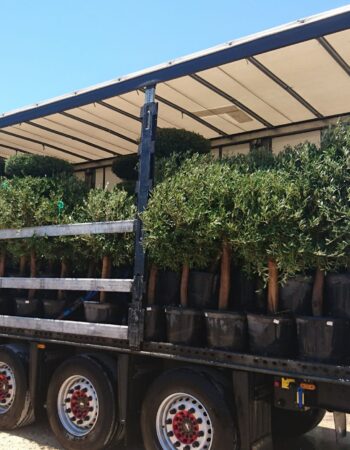
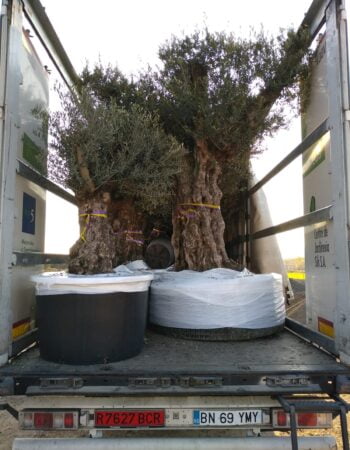
CAREFUL TREE TRANSPORTATION
At Treezom, we take great care in transporting your trees to ensure they arrive in perfect condition. Our expert team uses various methods, depending on the size and volume of the order, to provide safe and efficient delivery. Whether you're ordering a single tree or a bulk order, we guarantee high standards of handling and care throughout the process.
MULTIPLE SHIPPING METHODS
- Truck Delivery: Ideal for local or regional deliveries, ensuring a smooth and timely shipment of your trees directly to your location.
- Sea Containers (20’ or 40’): Perfect for larger orders or international shipping. Our sea containers are equipped to handle bulk shipments with optimal protection.
- Other Customized Solutions: Depending on the size and nature of your order, we can offer tailored shipping methods to meet your specific needs.
No matter the shipping method, we use specialized packaging and handling procedures to protect the trees during transit, ensuring they arrive healthy and ready for planting.
Below, you’ll find key tips tailored to this species’ requirements. Whether you’re new to plant care or have plenty of experience, these guidelines are here to support you in keeping your green companion healthy and vibrant.
- Planting:
- Plant in a location that receives full sun for most of the day, as this cactus thrives in intense sunlight.
- Use well-draining soil, such as a cactus mix with added sand or gravel.
- If growing in a container, ensure it has good drainage and choose a large enough pot to accommodate its potential size.
- Watering:
- Water sparingly, allowing the soil to dry out completely between waterings.
- During the growing season (spring and summer), water every few weeks, depending on the climate.
- Reduce watering in fall and winter, as the cactus goes into dormancy.
- Overwatering should be avoided to prevent root rot.
- Pruning:
- Pruning is rarely needed, but dead or damaged arms can be removed to maintain the cactus's appearance.
- Use caution when handling due to the sharp spines.
- Fertilizing:
- Fertilize lightly during the growing season with a cactus-specific fertilizer or a balanced fertilizer diluted to half strength.
- Apply fertilizer once a month during spring and summer.
- Do not fertilize during the winter dormancy period.
- Pest and Disease Control:
- Generally pest-resistant, but can occasionally be affected by scale insects or mealybugs.
- Treat infestations with insecticidal soap or neem oil as needed.
- Proper drainage and avoiding overwatering are key to preventing root rot.
*This information is provided for informational purposes only. For more detailed care, please consult a professional Gardener or Arborist.


 SINGLE TREE
SINGLE TREE OUTDOOR POTS
OUTDOOR POTS




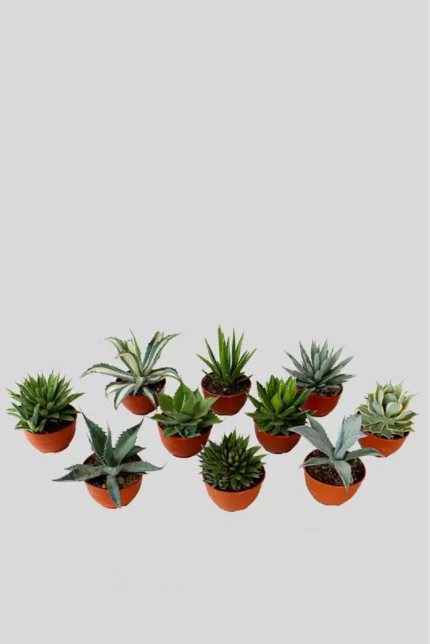
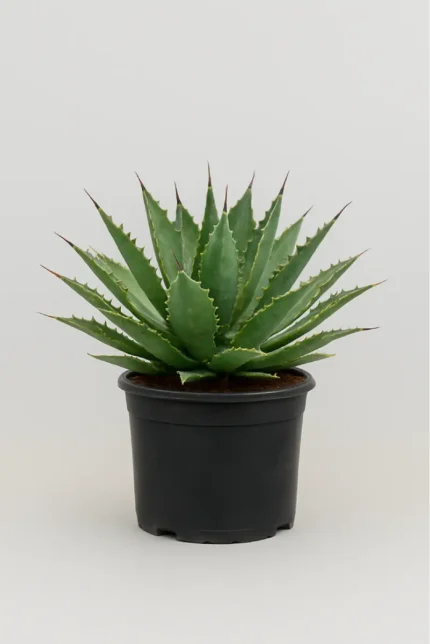

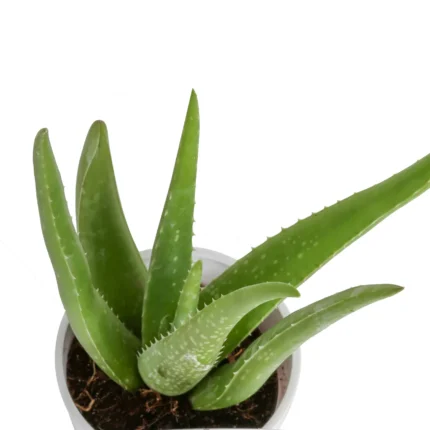
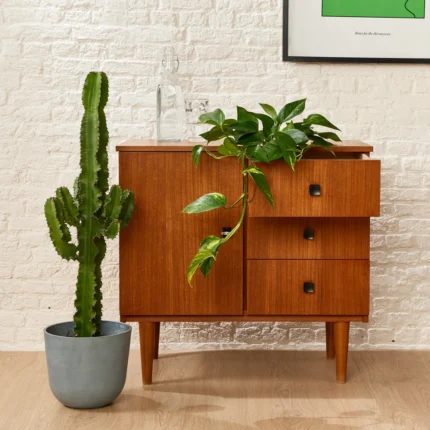

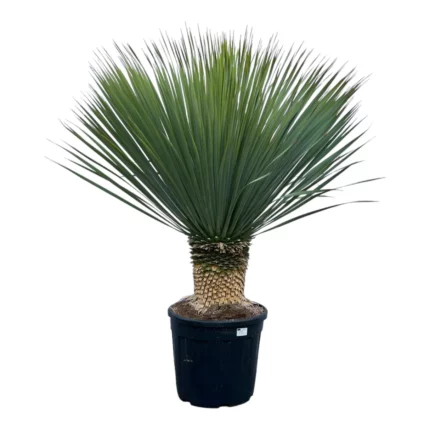






 Single Tree
Single Tree
Valoraciones
No hay valoraciones aún.